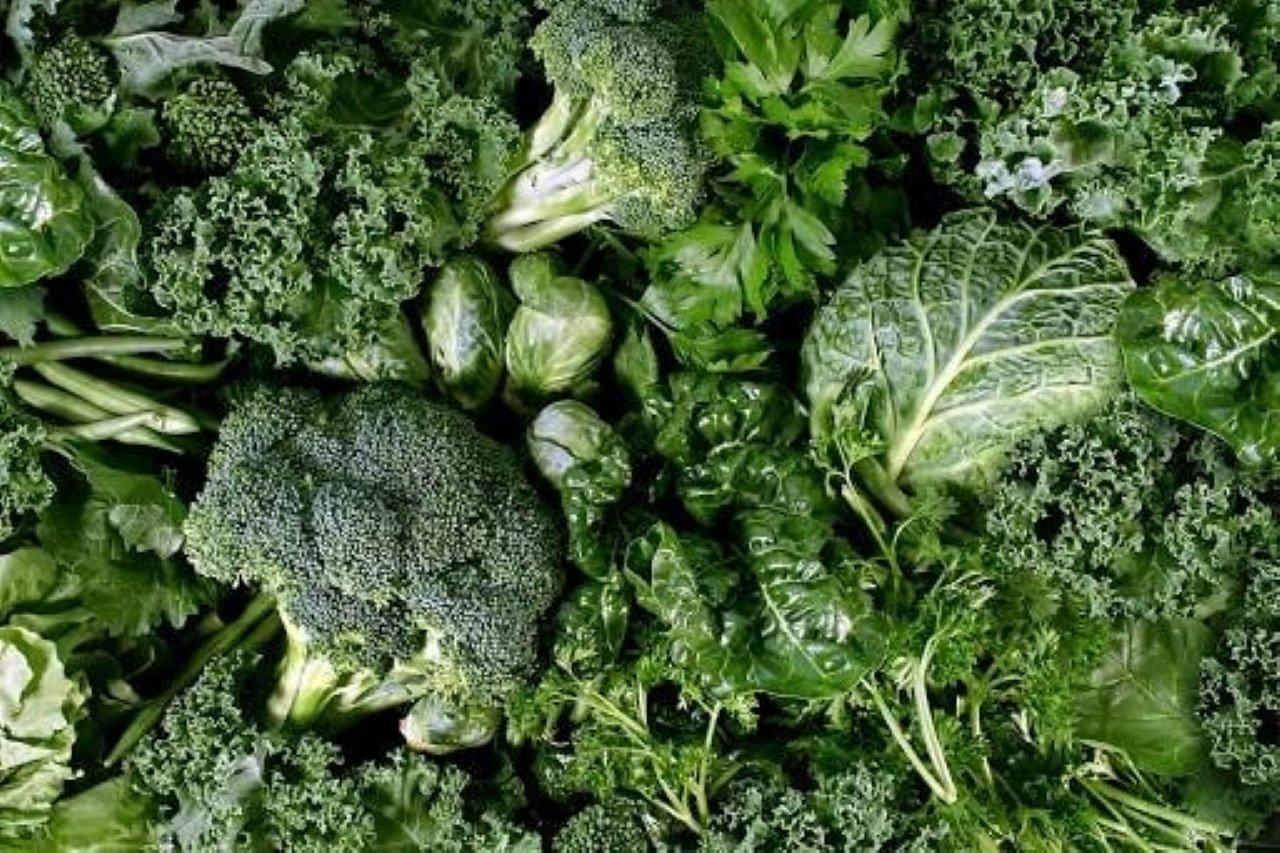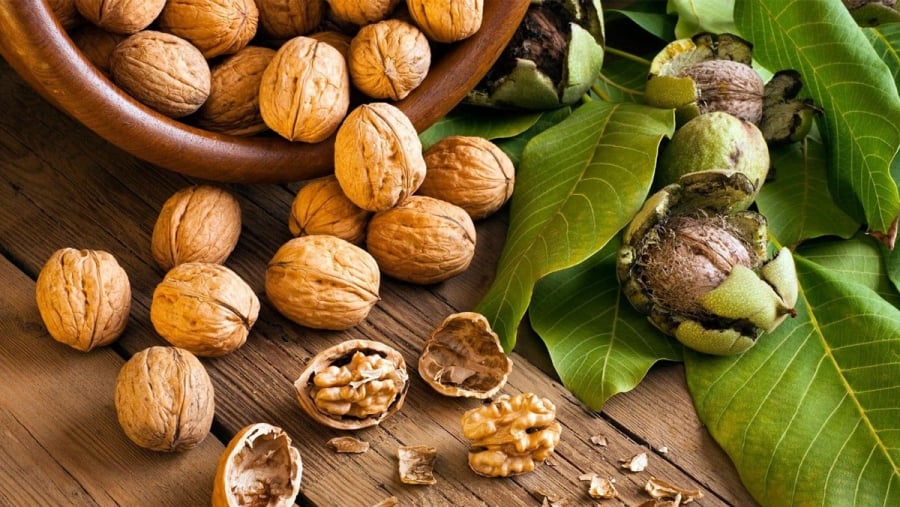Contrary to the popular belief that cardiovascular disease is an ailment of old age, it actually starts manifesting in one’s thirties or forties. The core issue is the mismatch between the age of our blood vessels and our actual age. Since our blood vessels age faster, problems tend to arise earlier.
Once issues develop, medication can only maintain stability and cannot repair the damaged blood vessels. The only way to intervene in the recovery process is by consuming the right kinds of food.
Here are 5 food groups that are beneficial for cardiovascular health:
1. Dark Leafy Greens
Not your average cabbage or lettuce, but the darker, coarser varieties such as kale and Swiss chard.
These vegetables are rich in folic acid, vitamin K, magnesium, potassium, and a host of flavonoids. Folic acid is directly linked to the metabolism of homocysteine, a significant risk factor for atherosclerosis.

Studies show that those who consume over 400 micrograms of folic acid daily have a 21% lower risk of coronary heart disease compared to those who do not consume enough folic acid.
Vitamin K plays a role in regulating vascular calcification, reducing the deposition of calcium salts in blood vessel walls, and slowing down arterial hardening.
Many people supplement calcium indiscriminately but forget that without vitamin K, calcium cannot be absorbed into the bones and will accumulate in the blood vessels instead.
2. Fruits
The fourth group includes fruits with high soluble fiber content such as kiwis, apples, and blueberries. These fruits contain pectin and soluble fiber, which can combine with bile in the intestine to promote cholesterol metabolism and excretion.
Pectin also regulates the gut microbiota and reduces secondary cholesterol absorption. Notably, anthocyanins in blueberries can significantly improve endothelial function, enhance the activity of nitric oxide synthase, and allow better blood vessel dilation when under pressure.
A study of 2,100 middle-aged women found that those who ate 50 grams of blueberries daily had a 34% lower risk of cardiovascular disease after 8 years. This is not due to their antioxidant properties but their direct regulatory effect on blood vessel function.
3. Nuts
Some people steer clear of nuts when they hear about their fat content, but the structural composition of fats in nuts is entirely different.
Walnuts, almonds, and cashews are rich in monounsaturated and polyunsaturated fatty acids, which help regulate low-density lipoprotein cholesterol and increase high-density lipoprotein cholesterol.
The American Heart Association conducted a large-scale clinical trial, observing 30,000 people over 12 years, and found that the rate of myocardial infarction was reduced by 23% in those who ate nuts more than five times a week.

4. Fermented Soy
The third group of foods is fermented soy products. Tofu doesn’t have this effect; the key lies in fermentation.
Fermented products like natto, fermented black beans, and miso contain large amounts of natural kinases, which can break down fibrin during clot formation, and they also contain vitamin K2.
K2 is the active form of vitamin K, which is more easily utilized by blood vessels than K1, and it plays a role in regulating calcium and inflammatory pathways.
Studies have shown that supplementing with 50 micrograms of K2 daily can reduce the risk of arterial calcification by up to 37%.
This effective level is not easily achieved through supplements and is more naturally attained through food sources.
5. Brown Seaweed
Aside from being a great source of iodine, the most important aspect of brown seaweed is its polysaccharide content. These polysaccharides can slow down lipid oxidation in blood vessels, scavenge free fatty acids, and inhibit the expression of certain inflammatory factors.
In animal experiments, brown seaweed polysaccharides have shown significant anti-atherosclerotic effects and can reduce the adhesion of neutrophils to arterial walls, thereby lowering the risk of vascular occlusion at its root.
Food is the fundamental management strategy, and medication is a tool to stay healthy. The real management idea should be “using food to create long-term protection and resorting to medication only during high-risk periods.”
Don’t fall into the trap of thinking that medication can substitute for a proper diet. Taking control through your diet is far more reliable than solely relying on chemical interventions.



































